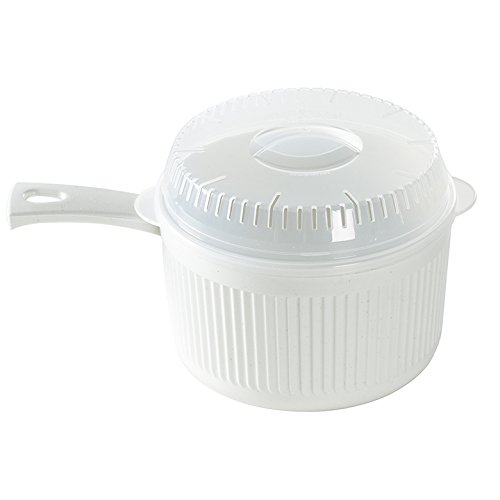Perfect timing: Less than a week after I published my thoughts on Credit Card Design, MasterCard unveils their vision of the future. They call it the Display Card.
Wow. I don’t know where to start.
One of the biggest drivers for my original Credit Card Design post was that there was just way, way too much going on in such a small, cramped space. Somehow that got translated into “LET’S ADD AN ENTIRE KEYBOARD AND DISPLAY SCREEN WOOHOO!!!”
To be fair: There could be use cases among here among classes of individuals who I just won’t understand. From the perspective of me and my peers, however, this is an unmitigated disaster.
Let’s pick away at some of the easy stuff.
- To be clear: This is an official mock-up from MasterCard’s own website. I mean, I really, really had a hard time believing that.
- An on/off switch? Is this thing battery operated, or do I have to recharge it occasionally? Will it even fit in the card slot in my wallet, or the reader in the ATM, or is it too thick?
- I don’t think a single element on the card is aligned. The metallic chip thing is slightly lower than the credit card number. The blue M in the bottom left is a bit outside the box created by the keypad, whereas the C to the right is entirely inside the box. Ad infinitum.
- Do I have to learn more things? What the heck does “OTP” mean? If the keys are touch sensitive, how do I activate “OTP” or “SIGN” instead of 6 or 8? I guess someone decided that having two extra keys on the pad dedicated to OTP and SIGN would’ve been excessive, but the current twelve key layout is appropriate?
- Thinking about how big a standard credit card is…how are you even supposed to press, say, the 4 key—and only the 4 key (again, all the surrounding keys are touch sensitive)—without using a tweezer?
- How much could this thing cost?
- What happens when a hefty businessperson who leaves his wallet in his back pocket sits on this?
Let’s try some medium stuff: According to the website, these cards “can be used as “Information Display” Cards enabling cardholders to access critical information such as account balance anywhere, anytime.”
- Who actually wants this feature?
- Who actually thinks their credit card will be a better medium for this than a smart phone?
- Even assuming people want this service, and want to use it through their credit cards, how in the world are you supposed to process your way to this information without any sort of directional navigation buttons?
- Apparently one of the core functions will be for executing high balance transactions. You can punch a key code in for added security. Although…maybe it’s not actually safer to put the security device on the easily abducted card? Wouldn’t it be better to leave those two things separate?
Expert level. Subtle things:
- One of my biggest gripes about touch screen cell phones is the lack of response feedback for button presses. Most phones ameliorate this with the phone’s auxiliary functionality—press a key, hear a tone or feel a vibration. On this credit card? Certainly impossible. In which case, how do I know if I’ve pressed successfully? How do I tell if I haven’t pressed accurately or hard enough, or if there’s just a bit of lag between the press and the results showing up on the screen?
- Also drawing from cell phone experience: On non-flip phones, the phenomenon of the Butt Dial proliferated until meticulous lock/unlock procedures were implemented. These often require a specific set of touches, usually on disparate parts of the device (consider, for example, how you need to press the Home button on the iPhone before swiping). This may be less of a concern depending on a few variables. For phones, for example, the lock is also important so as to stave off unnecessary battery strain. This may not matter as much for the card, I don’t know.
- What happens after too many errant button presses? Or what happens if you just forget your passkey? Or if you do the equivalent of a butt-dial? Does the card go into lockdown mode? Do you have to call someone, and have them relay the numbers to you over the phone? If so, how is that all that much safer than before?









